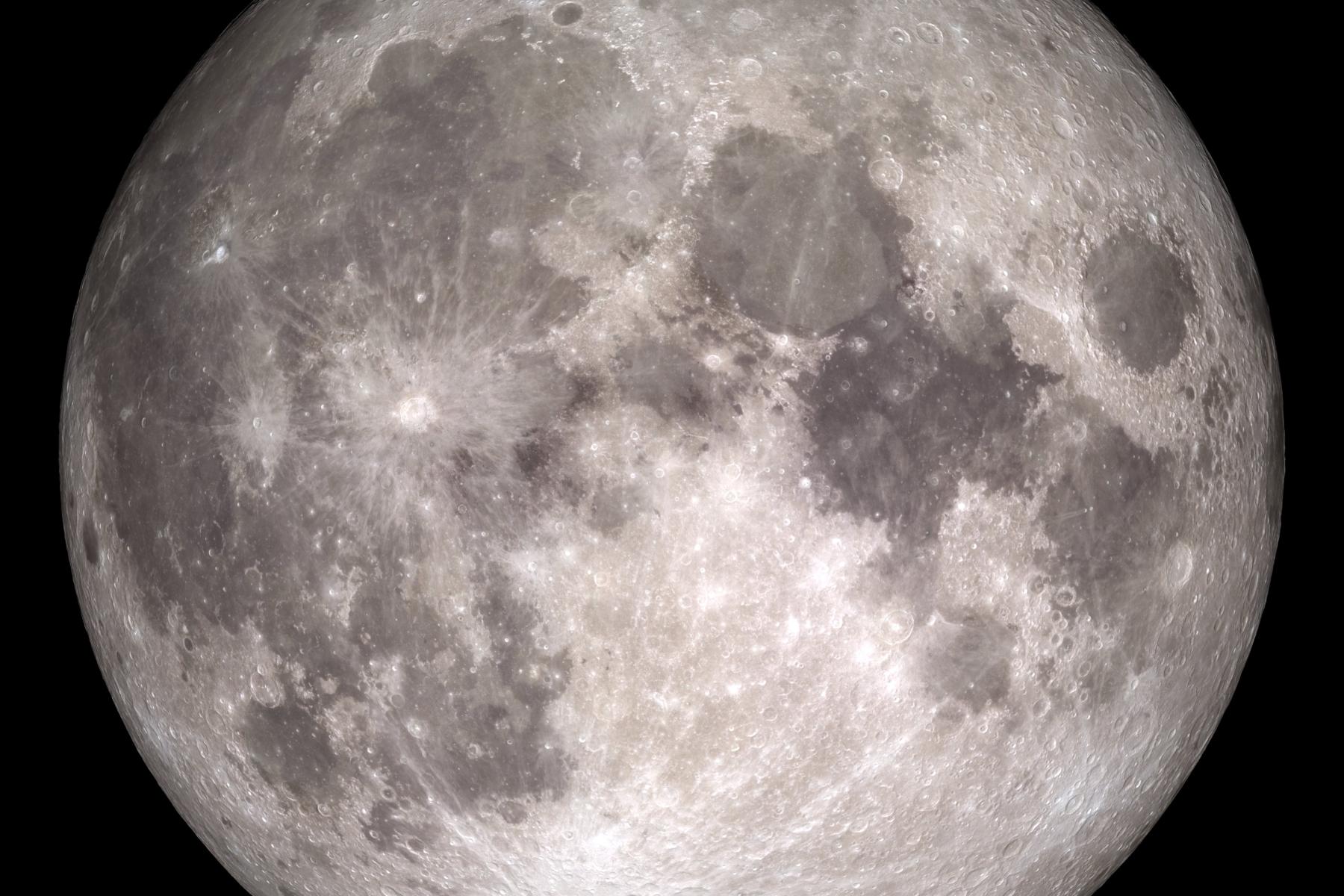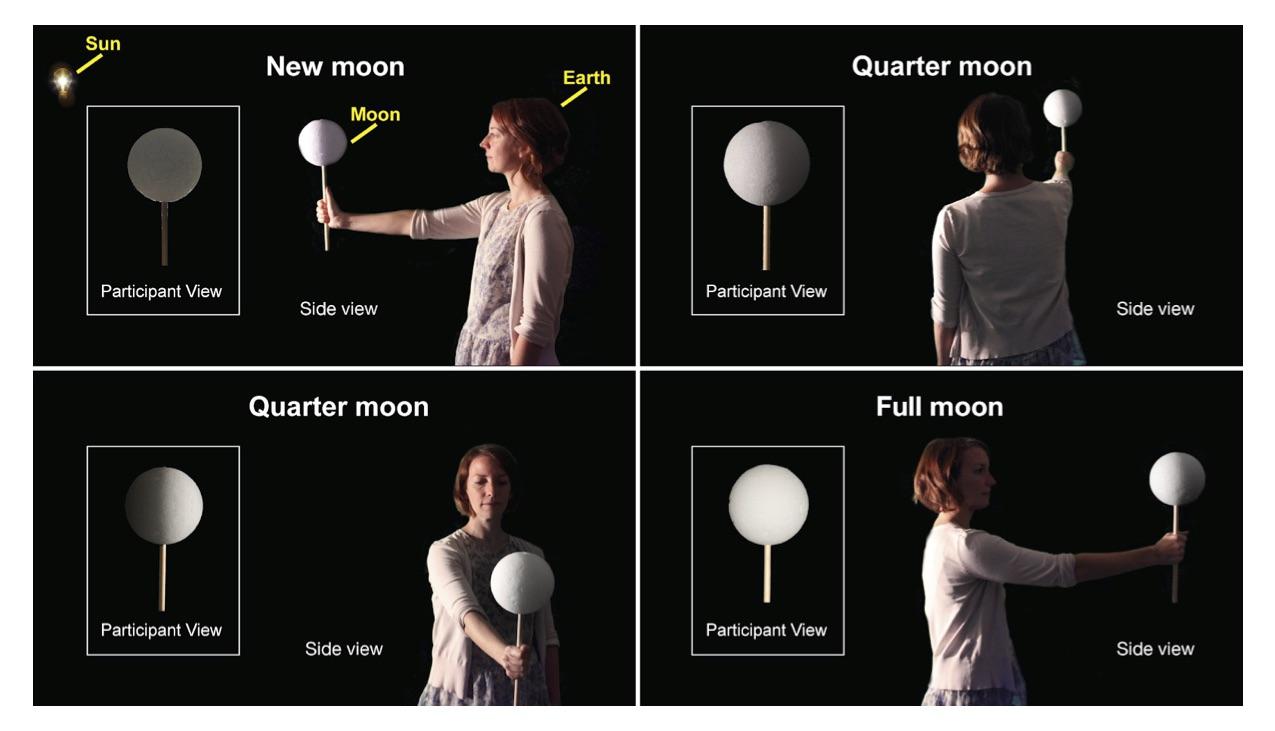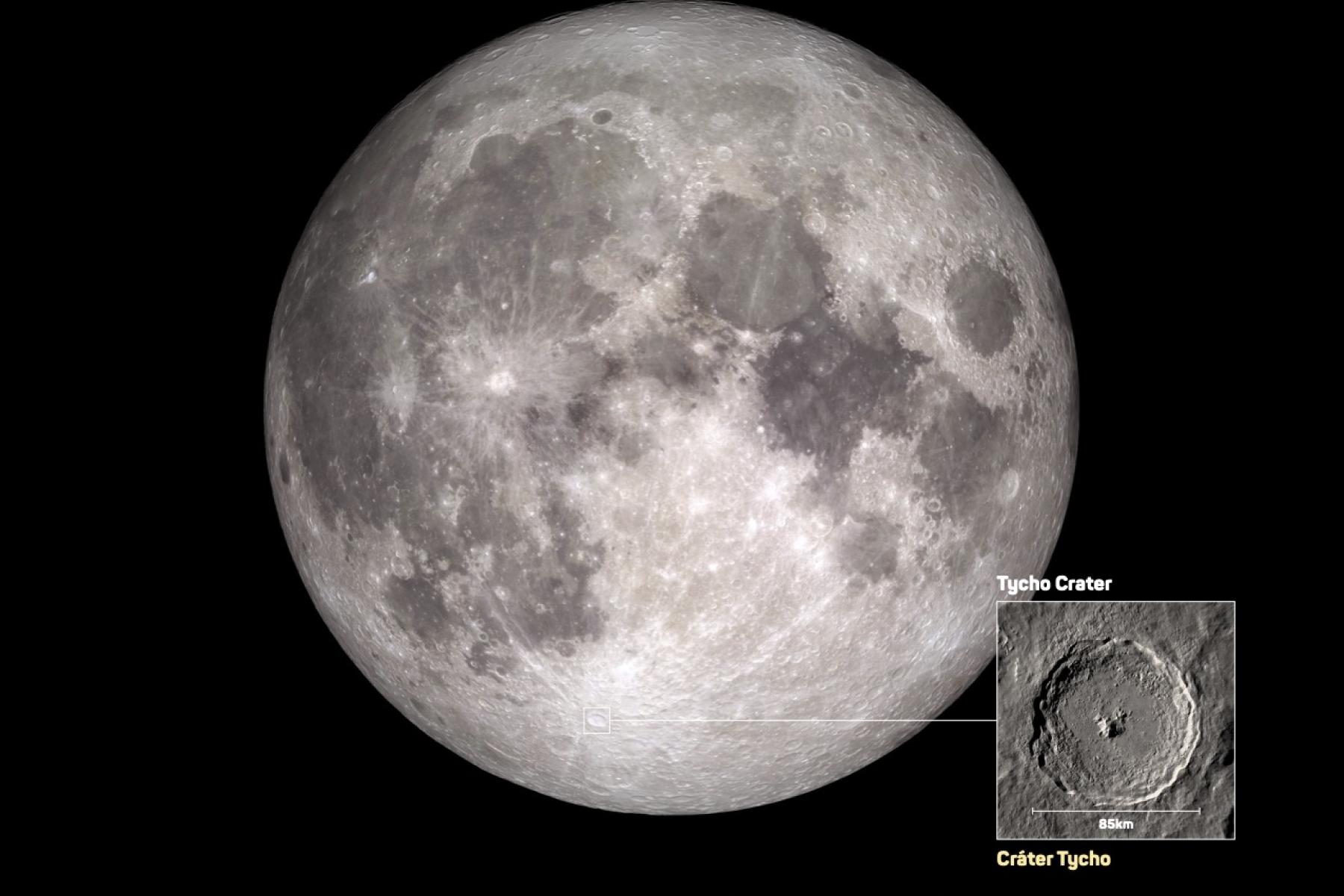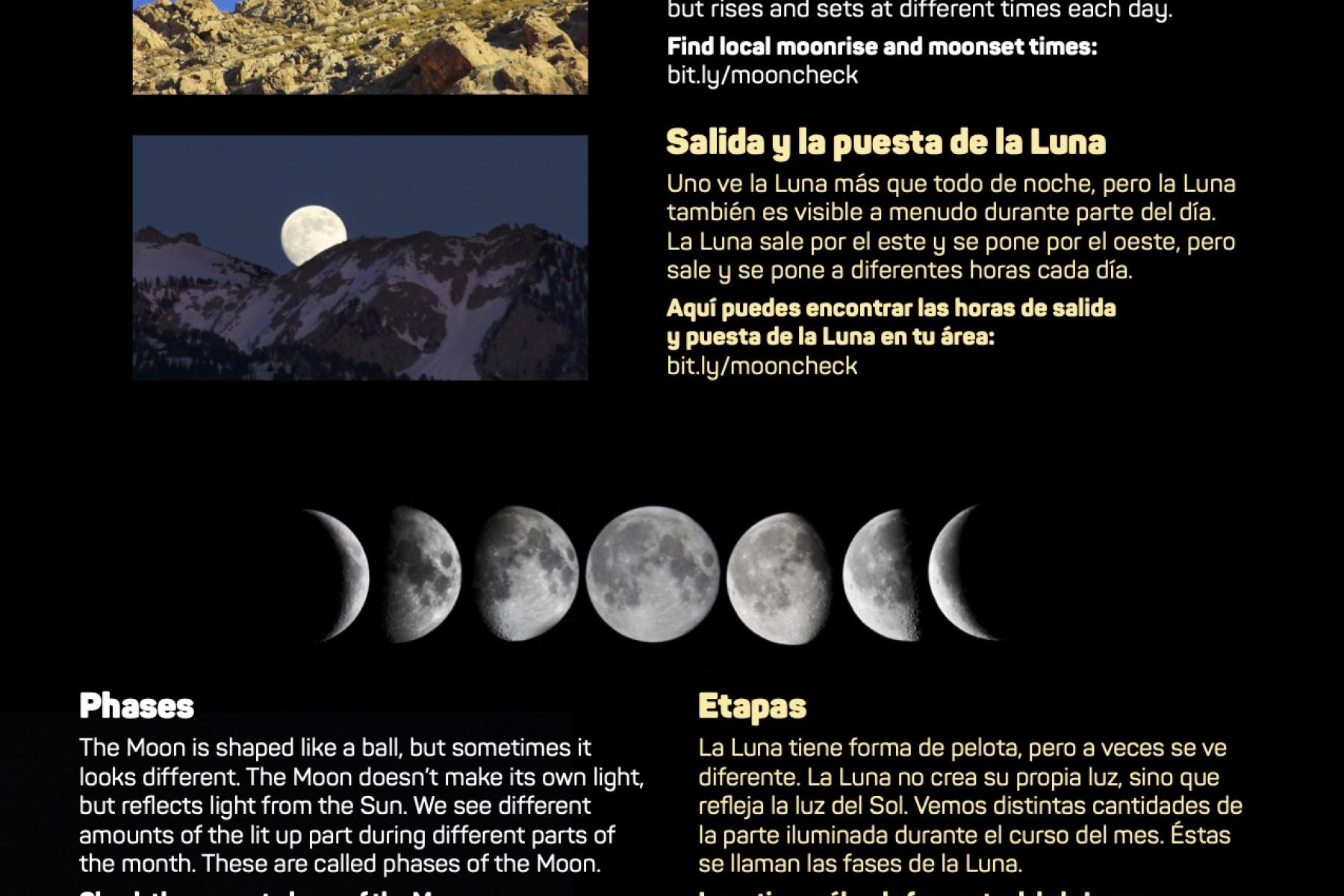DESCRIPTION
The Observe the Moon bundle includes tools, resources, and activities to help facilitators and learners observe and learn about the Moon from Earth.
DESCRIPTION
The Observe the Moon bundle includes tools, resources, and activities to help facilitators and learners observe and learn about the Moon from Earth.
TRAINING VIDEOS
OBJECTIVES
BIG IDEA
From Earth, we can look up and see the Moon with our own eyes.
LEARNING GOALS
The Observe the Moon bundle includes tools, resources, and exercises for participants to further explore the Moon. Through these facilitated experiences, learners will zoom in on three key takeaways:
From Earth, we can look up and see the Moon with our own eyes;
We can observe the Moon in even greater detail by using tools, like binoculars, telescopes, and NASA spacecraft;
We all have personal and cultural connections to the Moon.
Credits
Sciecenter, Ithaca, NY
This material is based upon work supported by NASA under cooperative agreement award number NNX16AC67A and 80NSSC18M0061. Any opinions, findings, and conclusions or recommendations expressed in this material are those of the author(s) and do not necessarily reflect the view of the National Aeronautics and Space Administration (NASA).
Creative Commons Attribution Non-Commercial Share Alike 3.0 United States (CC BY-NC-SA 3.0 US).
View more details

NISE Network products are developed through an iterative collaborative process that includes scientific review, peer review, and visitor evaluation in accordance with an inclusive audiences approach. Products are designed to be easily edited and adapted for different audiences under a Creative Commons Attribution Non-Commercial Share Alike license. To learn more, visit our Development Process page.




